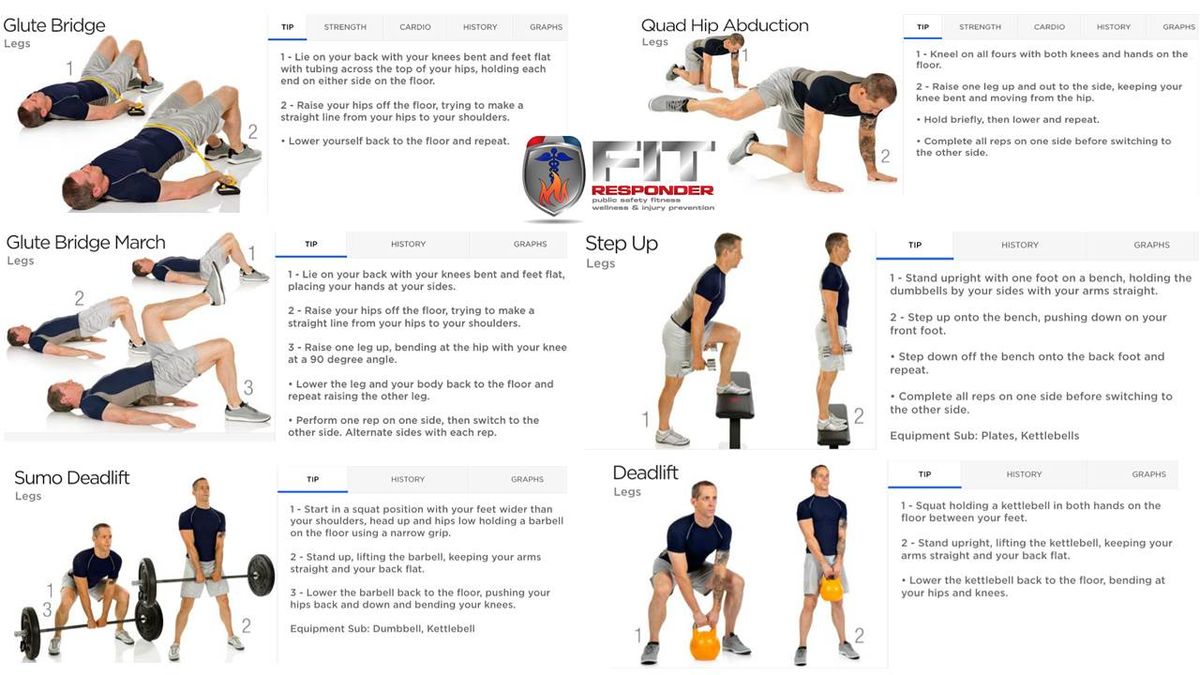The day starts out like every other shift. You check the truck and your gear, then climb the steps to the day room for a cup of coffee. As you reach the top step, you feel a sharp pain in your left knee. Before you can give it a second thought, a call comes in. As you head back down the stairs, the knee feels OK, but as you climb into the cab to respond, the knee gives you a sharp pain again.
The knee is an interesting joint. It’s essentially a hinge joint that has the ability to roll, spin and yaw slightly, but over time, these movements lead to soft tissue structure breakdown. Most often, the medial and lateral meniscus wear down due to cumulative trauma, and we see either meniscus tears (with the medial being the most common), or we see meniscus degeneration followed by bone-on-bone pain and osteoarthritis.
Identifying the root cause of knee pain
The amazing thing about non-traumatic knee pain is that almost all of it is completely preventable. The knee is injured most commonly from stepping/climbing and squatting. During these specific moves, the ankles and hips impact the knees’ kinematics. Any joint or biomechanical dysfunction above or below the knee will cause knee pain.
I experienced this biomechanical dysfunction years ago when I left the field and the clinic to travel and teach full time. I spent a lot of time either sitting or standing on hard floors. One day, I noticed that my left knee was really bothering me, even during normal activities, like getting out of a chair.
Knowing what I know (having a degree in sports medicine comes in handy), it was immediately apparent that there was nothing wrong with my knee. In my case my left hip was causing the discomfort. I have an old soft tissue injury in my left glute/hip and because of that, it’s always a little tighter. We know that a tight side has a higher chance of injury then the normal side. So it made sense that my tight hip caused my knee to internally/medially rotate when walking, stepping, climbing and squatting. I felt the pain in my knee but there was absolutely nothing wrong with it.
Mobility/stability screening tools and stretches prevent injury in first responders
A few simple screening tools and stretches can prevent knee pain and more serious injury. One of my favorite screens for hip mobility is the tabletop hip stretch. Can you put your leg on the table with the knee down and the knee in line with the hip joint? Can you trunk flex 45 degrees with your sternum up? This hip mobility most likely indicates that your glutes are doing their job.
A benefit of this screen is it’s also a great stretch to keep both the back and knee feeling and moving well.
Next, we have to learn to move well, and this requires a balance of both soft tissue mobility and strength. As I am very fond of saying, “to move patients and gear well, you must move well first.” So we need to teach and then reinforce good movement coupled with the ability to safely lift. Basically, we need to teach EMS providers to use their hips to lift, step and climb, and not their knees.
Invest in a foam roller and use it every shift. Spend 10 minutes every shift slowly rolling the glutes, inner thigh, hip flexors/quads, hamstrings and calves. The benefit of these well-spent 10 minutes is an almost instant decrease in knee and lower back pain, as well as injury prevention … in just 10 minutes using a $35 tool.
Now make the muscle fire. Tight or weak muscles do not and cannot fire properly, it’s one of the reasons we see so many soft tissue injuries in first responders. We sit too much, so our hip flexors get too tight. This inhibits the glutes which pushes knees and backs to do jobs the hips are supposed to do.
Investing in yourself to stay injury and pain free is quick, easy and most of it can be done together as a crew or even in front of the TV. No one got into EMS or the fire service to get hurt, yet injury is the No. 1 cause of people leaving the job. Invest in yourself.



